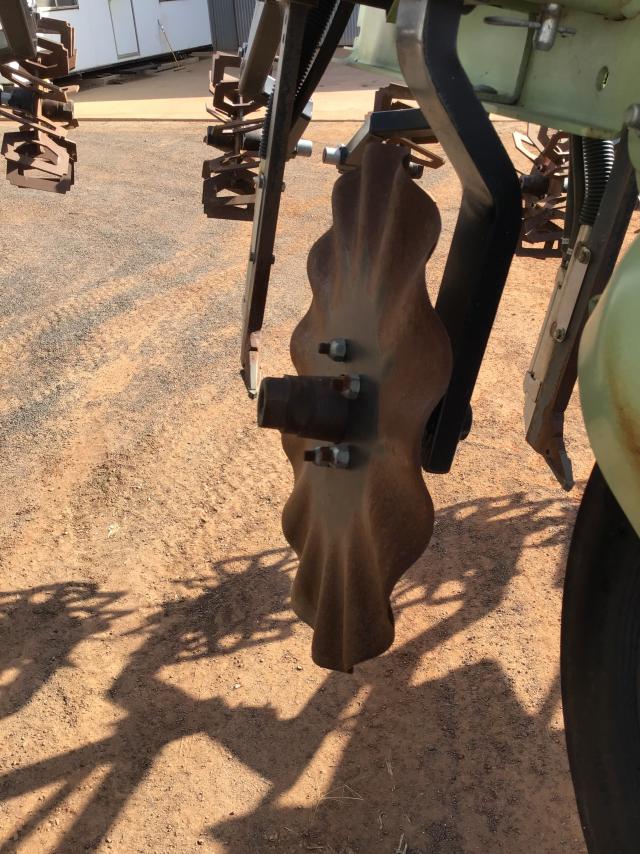I have mentioned before this relatively new farming practice of IBS in a planting or sowing operation.
IBS stands for “incorporated by sowing”, and it provides some extra crop safety from certain residual herbicides we could use in the northern region when planting a winter cereal crop.
Now, in the southern areas of Australia, with more loamy—or some would say sandy—soils, they invariably plant with a tyne.
A tyne planter can really dig in and will push a lot of soil or sand to either side of the planter trench.
This farming system, with its herbicide-resistant weeds, needs residual chemistry to be applied before seeding or sowing time.
With the herbicide covering 100 per cent of the paddock surface, the tyned planter moves through the paddock, pushing sand or loam to either side of the seed trench and—hey presto—the potential herbicide damage to the crop being planted is usually very minimal.
True, you can get some weeds germinating and emerging from the seeding trench where little to zero herbicide is present.
However, with crop competition in the trench line, these weeds are invariably not very competitive.
Why don’t we use this method of planting and the array of herbicides that take advantage of this positional tolerance of herbicide in relation to the seeding zone of the wheat or barley crop?
Well, we are not in love with tyne planters unless we are deep planting chickpeas or faba beans into the moisture profile, four to six inches below ground level.
The disc planters we commonly use—and as shown in the photo—are much less aggressive in shifting soil to either side of the seed trench.
True, there is a straight-shanked tyne behind the disc in this photo.
However, it nicely follows the slight trench the disc has made, with no great movement of soil.
Our heavier soils hold moisture very well, so invariably our purely disc planters open a narrow slot and place the seed in the not-so-deep, moisture-laden soil.
Where do we northerners go from here, with desirable herbicides not very popular due to this IBS label practice?
I am not that sure, to be honest.
Certainly, we would really like to use some of those newer herbicides in our summer and winter crop farming systems.
We just need to have our planting machinery designed for an IBS practice.
What would also be handy are herbicides with different modes of action that we could simply apply to a level surface post-plant and before crop emergence.
That would solve a lot of issues.






![Future thinking starts with [Theory] U](https://gladstonetoday.com.au/wp-content/uploads/2025/12/dinkusBUN_293688_01-100x70.jpg)